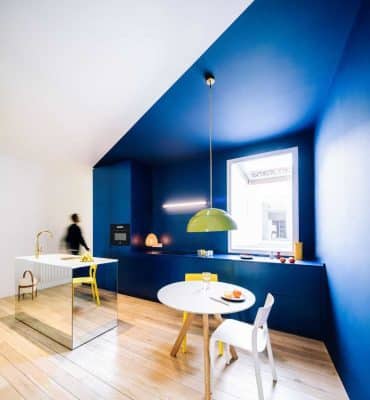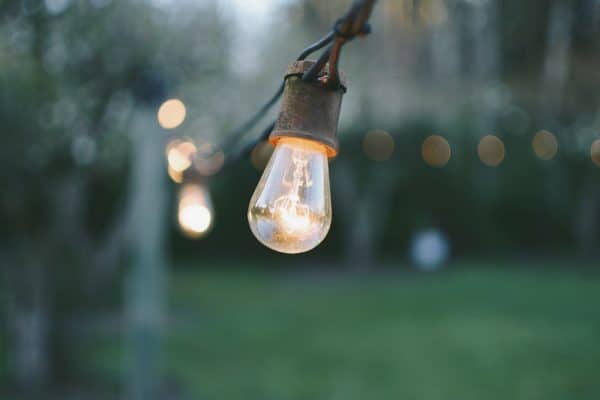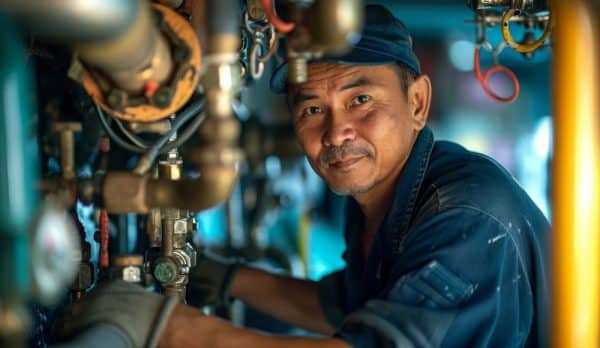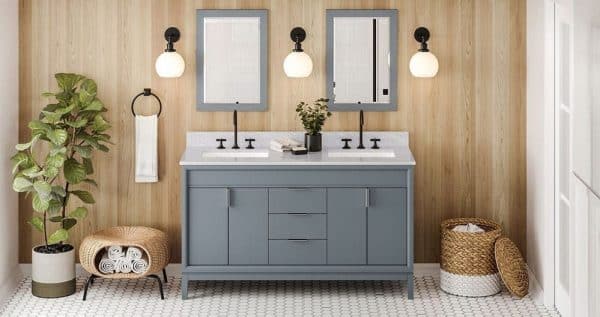
More than 5.64 million homes were sold in 2020. Generally, the process of buying a house is challenging. Buyers consider numerous features when searching for a perfect home. Apart from the common features, such as square footage, design, cost, and location, one quality that is becoming increasingly important for modern homebuyers is sustainability.
While building a house from scratch is the best way to ensure that your home is eco-friendly, most mid-century modern homes have green features. As more homebuyers focus on eco-friendly features, more green options are being integrated into home designs. Below are key sustainability features to prioritize:
1. Building Materials
You should ensure that the house construction features sustainable materials. Eco-friendly building materials reduce dependency on natural resources, such as gas and oil, and lower energy usage. Below are a few things to consider:
- Flooring – The property should be made from regenerative or low VOC flooring materials. Low impact floors, such as cork or bamboo, are better than hardwood or vinyl. Similarly, carpets and engineered or synthetic wood products release high VOC levels.
- Wood – The wood used in construction should be from local or native tree species. It should also be certified by the FSC (Forest Stewardship Council)
2. Energy-Star Appliances
You should check if the house is fitted with energy-star appliances through a quick spot-check. Energy-star appliances have a blue star logo written “energy.” This is an indication that the sign has been certified energy-efficient. Household appliances that should have this certification include freezers, dryers, refrigerators, solar heaters, windows, central HVAC units, skylights, dishwashers, and even doors.
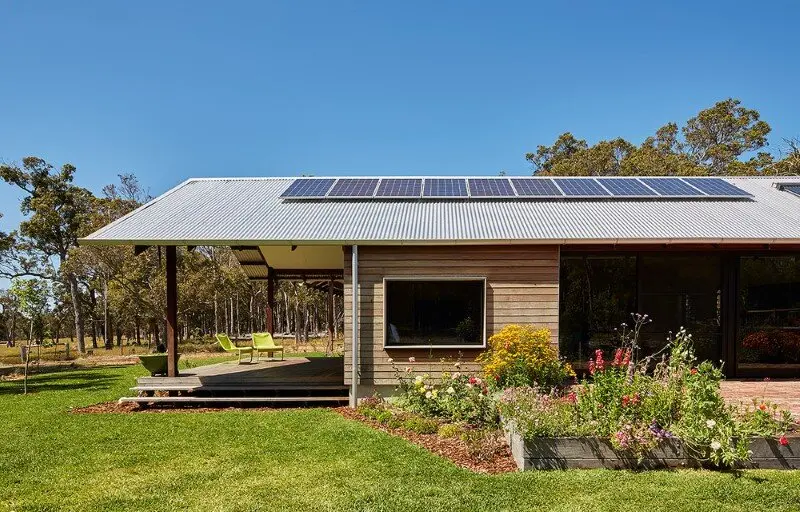
3. Solar Panels
Solar panels have increased, and homes with solar panels have made significant steps towards sustainability. Fortunately, you can easily spot homes for sale with already installed panels. Going for properties with installed solar panels is less disruptive and less expensive than installing them yourself.
However, inquire about the age and efficiency of the panels. Ensure that the panels satisfy a significant percentage of your energy needs to promote sustainability.
4. Water-Efficient Plumbing and Appliances
Water consumption is increasingly becoming a global issue. Most states have revised their water usage, especially with rainfall decreasing in recent years. As a result, homeowners are encouraged to reduce water wastage. You should ensure the property on sale has water-efficient appliances and plumbing.
Like energy, plumbing and appliances in the house should have a WaterSense label. The label proves that the appliance has undergone independent testing and is certified water-efficient according to EPA specifications. Check for the WaterSense label on showerheads, toilets, faucets, and backyard irrigation systems.
5. Eco-Friendly Landscaping
You should also look for a home with a sustainable landscaping design. The house should embrace xeriscaping (planting drought-resistant grass), water-efficient sprinklers, artificial grass, and the walkway and patio should be made from eco-friendly materials. While you can install these features after buying the property, purchasing a property with these features is a plus.
Endnote
Other sustainable features, such as energy-efficient walls, lighting, dual-pane windows, and roof insulation, are also important. However, consider budgeting for home renovation to make your new property sustainable if the property is several decades old.



